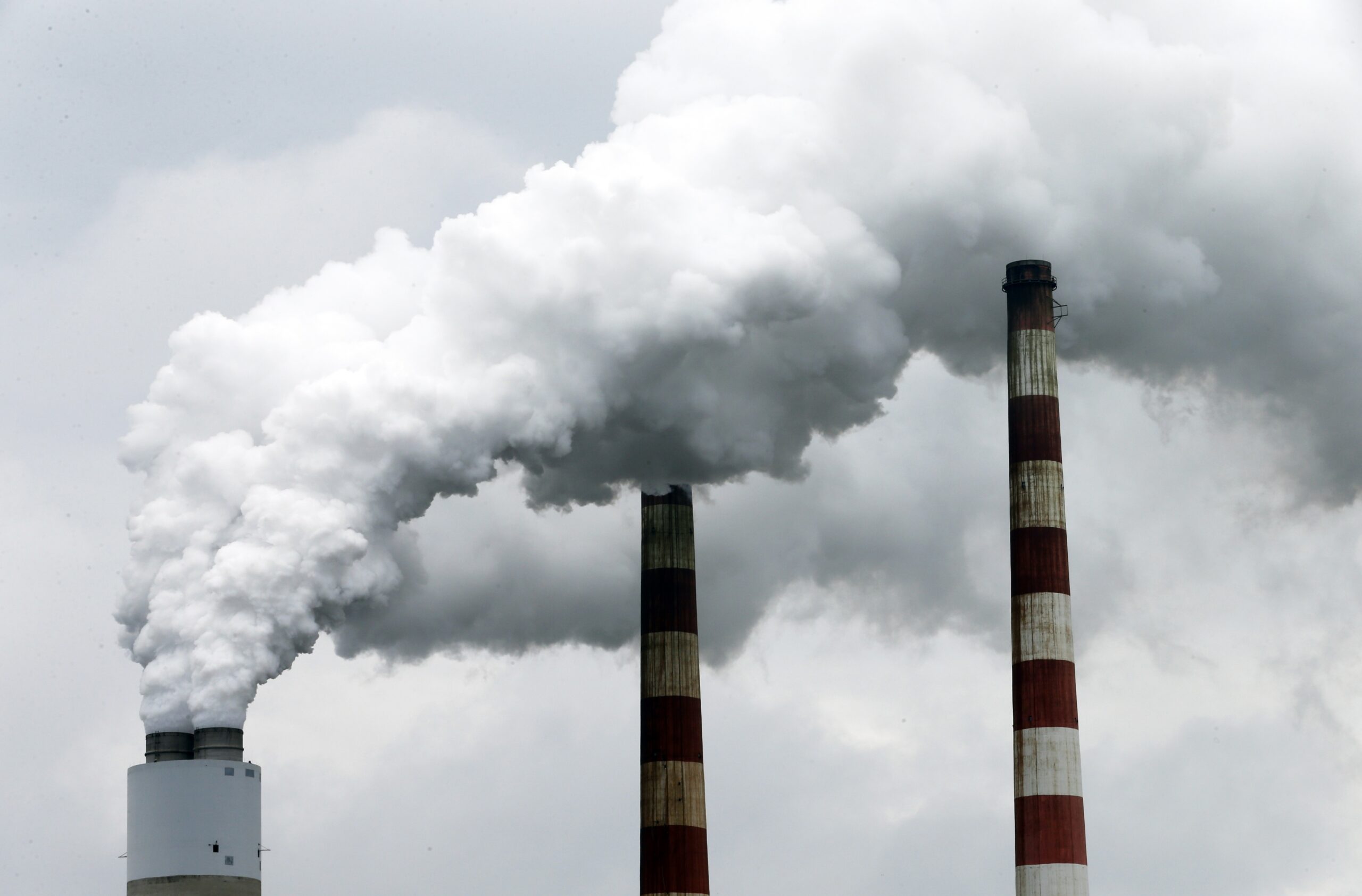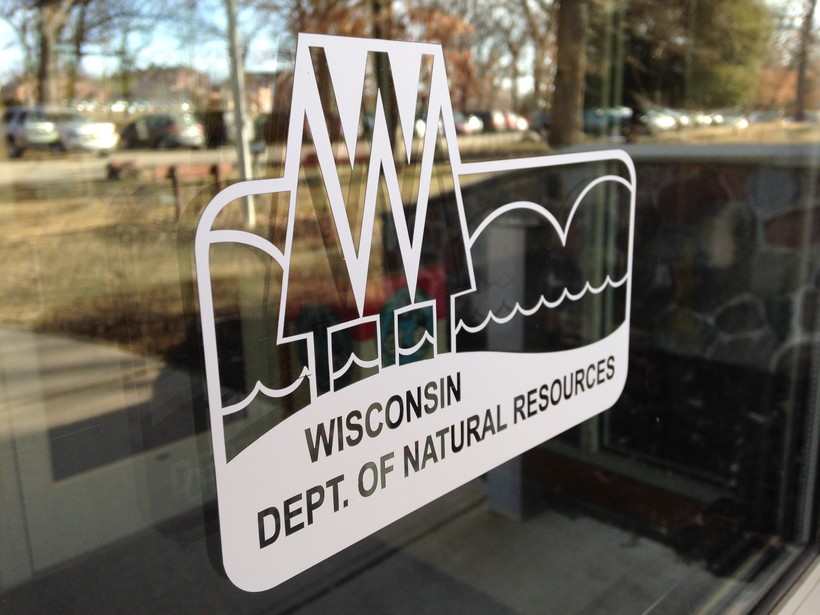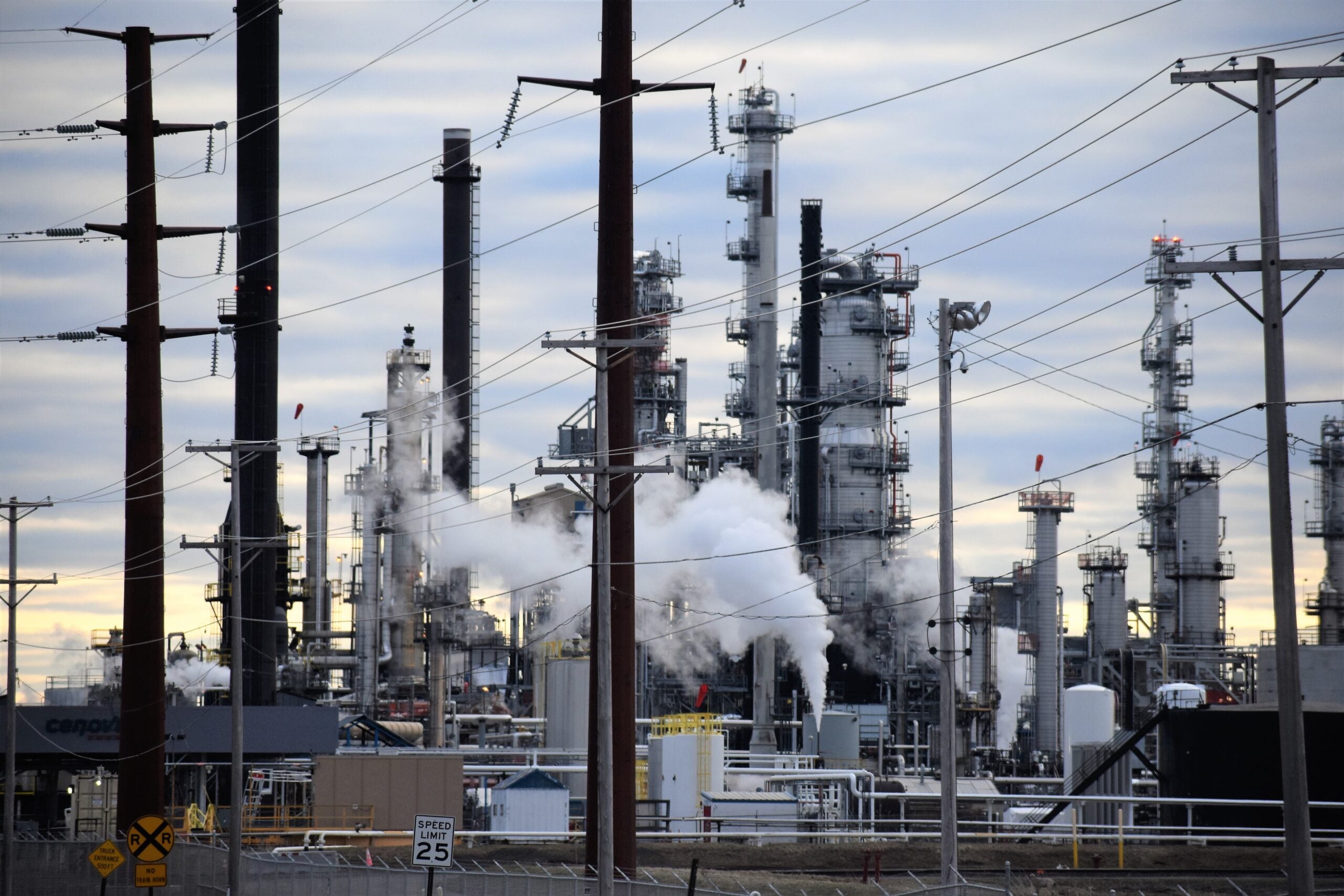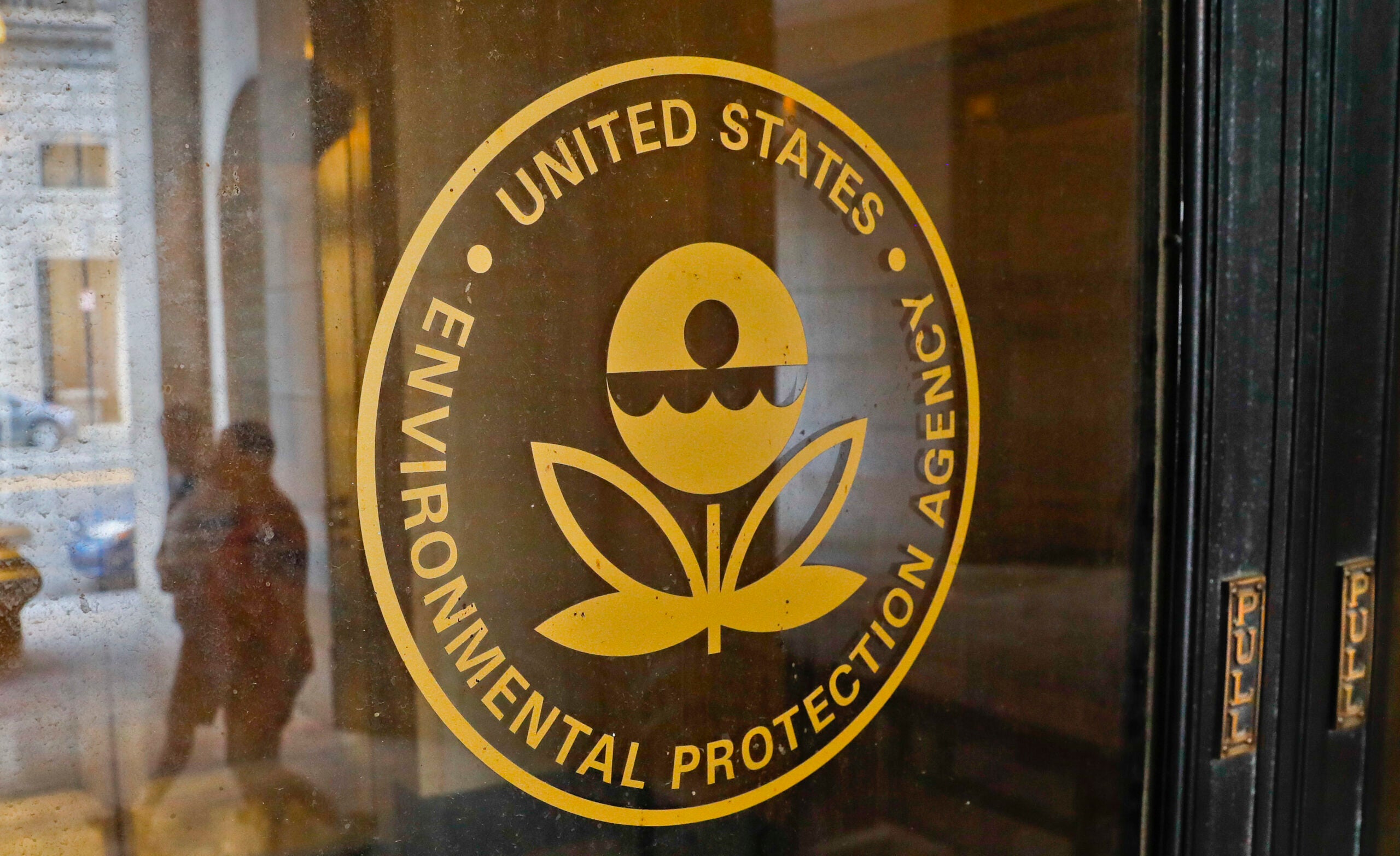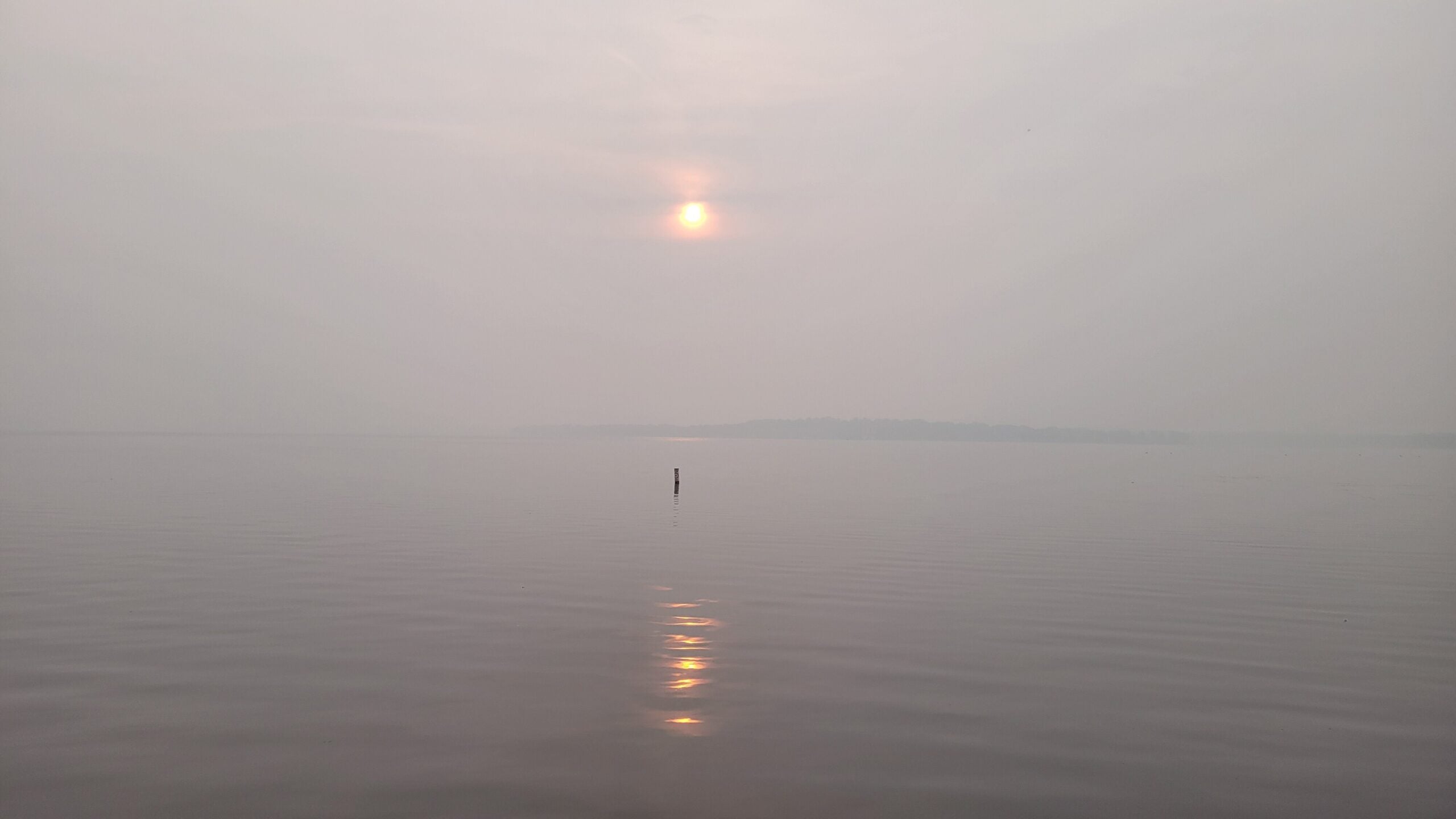Environmental groups and residents in Beloit want the Wisconsin Department of Natural Resources to install an air monitor in the city to measure harmful soot pollution.
The request comes as the state is updating its annual plan for the DNR’s network of air monitors. State and local agencies submit plans each year to the Environmental Protection Agency to show whether they’re meeting federal air monitoring requirements.
In 1970, the Clean Air Act set standards for six pollutants that can pose risks to human health and the environment. They include particulate matter, lead, ozone, nitrogen dioxide, sulfur dioxide and carbon monoxide.
News with a little more humanity
WPR’s “Wisconsin Today” newsletter keeps you connected to the state you love without feeling overwhelmed. No paywall. No agenda. No corporate filter.
Beloit resident Brittany Keyes, a member of the recently formed Stateline Clean Air Coalition, asked the DNR to change its plan to include installation of an EPA air monitor for particulate matter 2.5, or fine particle pollution, in the city. The particles can stem from wildfires, smokestacks and construction sites. Invisible to the naked eye, the particles are about 2.5 microns in size or less. A single human hair is about 30 times larger than the tiny particles.
“The Stateline Clean Air Coalition was formed after relative inaction following the public sharing of a community science project that found local PM 2.5 pollution across Beloit to be well over the updated EPA safety standard,” Keyes said during a public hearing Wednesday.

In February, the EPA announced a stronger air quality standard that lowered the acceptable limit for annual levels of soot, or fine particle pollution, from 12 micrograms per cubic meter to 9. Last year, Beloit had an annual average level of 14.8 micrograms per cubic meter. The tiny particles pose health problems because they can become embedded deep in the lungs, worsen asthma and even lead to premature death in people with lung or heart disease.
As part of Beloit’s project, volunteers used PurpleAir monitors on loan from the EPA to measure pollution at six sites within the city. The project ran from fall 2022 to spring 2023. Keyes said their findings show pollution in the city was two to three times higher than what’s deemed safe by the World Health Organization.
A recent report by IQAir, a Swiss tech company, found Beloit was the most polluted regional city in the nation last year. Susan Adams, secretary of the League of Women Voters in Beloit, said she believes the findings are due to a lack of air monitoring elsewhere. Although, she said some city residents have attributed the results to smoke from Canadian wildfires last year.
“People here don’t believe that we have an issue, but we do,” Adams said. “We need a monitor from DNR to meet our needs.”
Cristina Carvajal, director of Wisconsin EcoLatinos, said the group supports installation of a monitor in the Beloit area.
“Bad air quality affects and is impacting people of color at a greater proportion than others,” Carvajal said. “We believe that increasing the number of monitors that measure particulate matter 2.5 will address some of these issues.”
Carvajal noted that Latino residents make up more than 21 percent of the city’s population. U.S. Census data shows around 13 percent of community members are Black or African American.
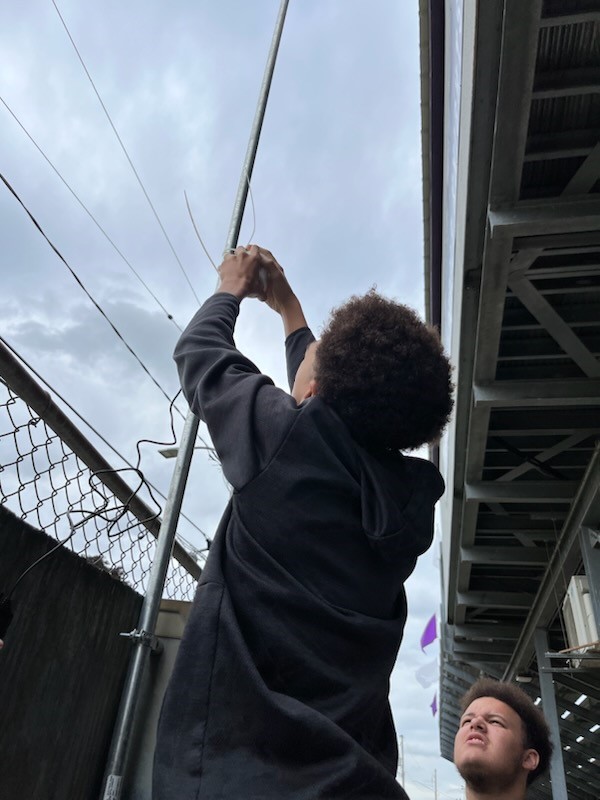
Keyes added the issue is personal for her, noting a child living across the street from her was recently diagnosed with asthma. She said her daughter is displaying similar symptoms.
“It does appear that she’s developing this similar type of respiratory condition that likely could be preventable if we do clean up our air,” Keyes said.
Katie Praedel, the DNR’s air monitoring section manager, said the agency places air monitors across the state to cover the most populated areas due to funding constraints. However, the amount of emissions and whether areas are violating air quality standards also play a role in where monitors are installed.
“EPA is interested in studies like (the one) done in Beloit, so I think that it’s a good start that we have that data,” Praedel said. “I’ll be looking forward to talking more with that group.”
Praedel said the EPA provides funding for air monitoring. Most of the state’s monitors have been in place for the last two decades, and the DNR doesn’t often add or remove them.
Beloit wasn’t the only city to inquire about air monitoring on Wednesday. Lee Sandok Baker, a Douglas County board member, also expressed concern about a lack of air monitoring in Superior. She noted the city is home to Wisconsin’s only oil refinery, and it’s also the site of a proposed natural gas plant that’s anticipated to cost nearly $1 billion.
The DNR said the agency used to measure particle pollution in Superior, but the agency currently lacks funding to support monitoring in the area.
The DNR and tribal partners run 36 monitoring sites throughout the state, which monitor levels of one or more pollutants. Currently, there are 16 sites across Wisconsin measuring fine particle or soot pollution. Monitors in Milwaukee and Waukesha currently exceed the EPA’s updated standard based on a three-year average of levels each year.
As part of changes to the state’s plan, the agency is proposing to work with the Ho-Chunk Nation to partner on adding two sites that would monitor fine particle pollution in Jackson and Monroe counties beginning in January of next year. The DNR must submit its 2025 plan to the EPA by July 1.
Wisconsin Public Radio, © Copyright 2025, Board of Regents of the University of Wisconsin System and Wisconsin Educational Communications Board.

